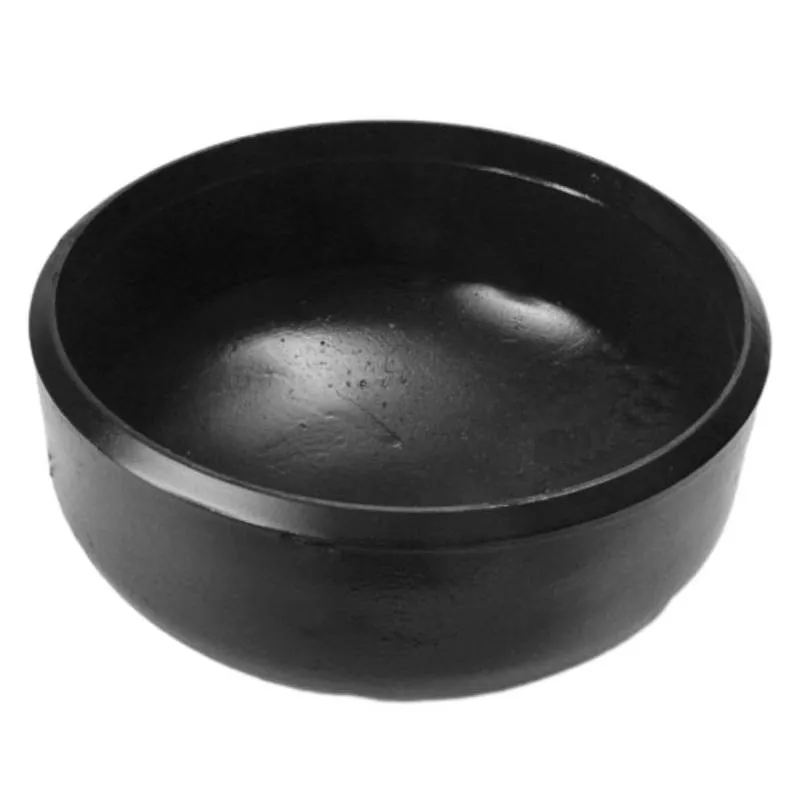-
Cangzhou Yulong Steel Co., Ltd.
-
Phone:
+86 13303177267 -
Email:
admin@ylsteelfittings.com
- English
- Arabic
- Italian
- Spanish
- Portuguese
- German
- kazakh
- Persian
- Greek
- French
- Russian
- Polish
- Thai
- Indonesian
- Vietnamese
- Zulu
- Korean
- Uzbek
- Hindi
- Serbian
- Malay
- Ukrainian
- Gujarati
- Haitian Creole
- hausa
- hawaiian
- Hebrew
- Miao
- Hungarian
- Icelandic
- igbo
- irish
- Japanese
- Javanese
- Kannada
- Khmer
- Rwandese
- Afrikaans
- Albanian
- Amharic
- Armenian
- Azerbaijani
- Basque
- Belarusian
- Bengali
- Bosnian
- Bulgarian
- Catalan
- Cebuano
- China
- China (Taiwan)
- Corsican
- Croatian
- Czech
- Danish
- Esperanto
- Estonian
- Finnish
- Frisian
- Galician
- Georgian
- Kurdish
- Kyrgyz
- Lao
- Latin
- Latvian
- Lithuanian
- Luxembourgish
- Macedonian
- Malgashi
- Malayalam
- Maltese
- Maori
- Marathi
- Mongolian
- Myanmar
- Nepali
- Norwegian
- Norwegian
- Occitan
- Pashto
- Dutch
- Punjabi
- Romanian
- Samoan
- Scottish Gaelic
- Sesotho
- Shona
- Sindhi
- Sinhala
- Slovak
- Slovenian
- Somali
- Sundanese
- Swahili
- Swedish
- Tagalog
- Tajik
- Tamil
- Tatar
- Telugu
- Turkish
- Turkmen
- Urdu
- Uighur
- Welsh
- Bantu
- Yiddish
- Yoruba

Nov . 12, 2024 21:54 Back to list
flanged elbow fitting
Flanged Elbow Fitting An Essential Component in Piping Systems
In the world of industrial piping systems, the components utilized in construction and assembly play a pivotal role in ensuring efficient transportation of fluids and gases. Among these components, flanged elbow fittings stand out due to their critical function and straightforward application. This article delves into the significance, types, advantages, and installation of flanged elbow fittings in piping systems.
Understanding Flanged Elbow Fittings
Flanged elbow fittings are designed to provide directional changes in piping systems, accommodating angles that usually range between 45 to 90 degrees. The distinctive feature of flanged elbows is their flange connections on both ends, which allow for a secure and durable attachment to pipes or other fittings.
The flanged design provides an added layer of convenience compared to other types of elbow fittings. It facilitates easy alignment and ensures that pipes are securely fastened, reducing the chances of leakages. Their robust structure makes them suitable for a variety of applications in industries such as oil and gas, chemical processing, and water treatment.
Types of Flanged Elbow Fittings
Flanged elbow fittings come in various materials, sizes, and angles, catering to a wide range of industrial needs. Here are some common types
1. Material Types Flanged elbows can be made from various materials, including stainless steel, carbon steel, PVC, and brass. The choice of material depends on the specific application's requirements, such as temperature, pressure, and type of fluid being transported.
2. Angle Variations While 90-degree and 45-degree elbows are the most commonly used, custom angles can also be manufactured to meet specific design requirements. The angle chosen often correlates with the flow dynamics that are most efficient for the piping system.
3. Pressure Ratings Flanged elbows are available in different pressure ratings to suit the operational requirements of various industries. Ensuring the correct pressure rating is vital to prevent failures or accidents in high-pressure applications.
Advantages of Flanged Elbow Fittings
The use of flanged elbow fittings presents several advantages in various applications
flanged elbow fitting

- Ease of Installation Flanged connections simplify the installation process. The use of bolts and gaskets allows for quick assembly and disassembly, which is crucial during maintenance or repairs.
- Versatility They can accommodate different pipe sizes and materials, making them versatile for use in diverse industrial environments.
- Reduced Stress on Piping By facilitating smooth directional changes, flanged elbow fittings help minimize stress on the piping system, thereby extending the lifespan of pipes and reducing the likelihood of failures.
- Leak Prevention The secure flange connections significantly reduce the risk of leaks, contributing to safety and efficiency in fluid transportation.
Installation Considerations
When installing flanged elbow fittings, it is essential to follow certain best practices to ensure optimal performance
1. Alignment Proper alignment of pipes is crucial before fastening the flanged elbows. Misalignment can lead to excessive stress and potential failure.
2. Use of Gaskets Always utilize gaskets appropriate for the material and pressure rating of the system. This will enhance seal integrity and further prevent leaks.
3. Torque Specifications Adhere to the manufacturer’s torque specifications when tightening bolts to avoid over-torquing, which could compromise the integrity of the elbow fitting.
4. Regular Inspections After installation, conduct regular inspections to check for signs of wear, corrosion, or leaks. Early detection can help mitigate severe damages down the line.
Conclusion
Flanged elbow fittings are indispensable components of modern piping systems, offering a reliable and efficient solution for directing fluid flow. Their versatility, ease of installation, and robust nature make them a preferred choice across various industries. By understanding their characteristics and adhering to proper installation practices, professionals can ensure that their piping systems operate safely and efficiently for years to come.
Latest news
-
ANSI 150P SS304 SO FLANGE
NewsFeb.14,2025
-
ASTM A333GR6 STEEL PIPE
NewsJan.20,2025
-
ANSI B16.5 WELDING NECK FLANGE
NewsJan.15,2026
-
ANSI B16.5 SLIP-ON FLANGE
NewsApr.19,2024
-
SABS 1123 FLANGE
NewsJan.15,2025
-
DIN86044 PLATE FLANGE
NewsApr.19,2024
-
DIN2527 BLIND FLANGE
NewsApr.12,2024
-
JIS B2311 Butt-Welding Fittings LR/SR 45°/90° /180°Seamless/Weld
NewsApr.23,2024











